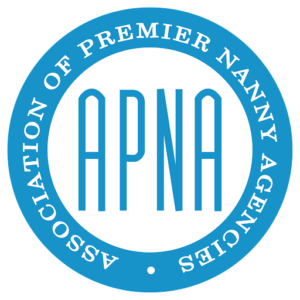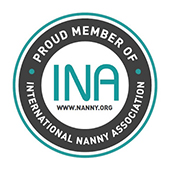When a nanny is driving her own vehicle to transport the family’s child, it is important to ensure that both the nanny and the family are adequately covered in terms of car insurance to avoid liability gaps. Here’s a breakdown of what is typically advised:
For the Nanny:
- Personal Auto Insurance Policy: The nanny’s own car insurance policy is the primary coverage, as she owns and operates the vehicle.
- Business Use Coverage: Many personal auto insurance policies do not cover situations where the driver uses their car for work purposes (such as transporting a child as part of a nanny’s job). The nanny may need to speak with her insurer about adding a “business use clause” or purchasing supplemental coverage to account for this.
- Increased Liability Coverage: Since the nanny is transporting someone else’s child, it’s generally a good idea for her to increase her liability limits in case of an accident.
If the nanny needs to increase her insurance coverage, it is typically the family who pays for the additional premium.
For the Family (Employer):
The family might not need specific car insurance for the nanny’s vehicle if the nanny is using her own car. However, to protect themselves against potential liability, they may consider the following:
- Hired/Non-Owned Auto Coverage (Optional): This is a specific type of insurance a family can add to their homeowners or umbrella insurance policy. It offers liability protection to the family if the nanny gets into an accident while driving her personal car for work. This coverage protects the employer from lawsuits or liability claims that might arise.
- Umbrella Insurance Policy: Families employing full-time nannies often invest in an umbrella policy to add a significant layer of liability protection, which may also cover incidents involving the nanny’s use of her own vehicle.
- Verify the Nanny’s Insurance: The family should ask for proof that the nanny has proper and adequate auto insurance, including any necessary business-use coverage if transporting the child is part of her role.
Why It Matters:
If an accident occurs while the nanny is driving the child, the family could potentially be held partially liable because the nanny was performing work duties at the time. Having the nanny’s insurance properly set up and adding “hired/non-owned coverage” or an umbrella policy as an employer ensures both parties are protected legally and financially.
Recommendation:
While the nanny must have specific auto insurance that includes business or work use if she’s driving as part of her job, the employer is also advised to look into supplemental coverage (like hired/non-owned auto insurance or umbrella policies) to secure additional peace of mind. Always consult with an insurance agent or legal advisor to ensure all bases are covered!
When Your Nanny Drives Your Family Vehicle:
The good news is this scenario is typically more straightforward than when a nanny uses their personal vehicle. Here’s what families need to know:
- Add Your Nanny to Your Policy
- Your nanny must be listed as an authorized driver on your auto insurance policy
- This requirement applies whether she drives regularly or occasionally
- Failure to add her could result in denied claims if an accident occurs
- Insurance Costs
- Adding a nanny to your policy will likely increase your premium
- As the employer, the family is responsible for covering this additional cost
- The increase will depend on your nanny’s driving record and experience
- Coverage Recommendations
- Consider increasing your liability coverage
- An umbrella policy provides extra protection and peace of mind
- Make sure your policy covers both personal and business use
Quick Tip: Before adding your nanny to your policy, request her driving record and provide it to your insurance company. This helps ensure accurate premium quotes and confirms she’s a safe driver for your precious cargo!









